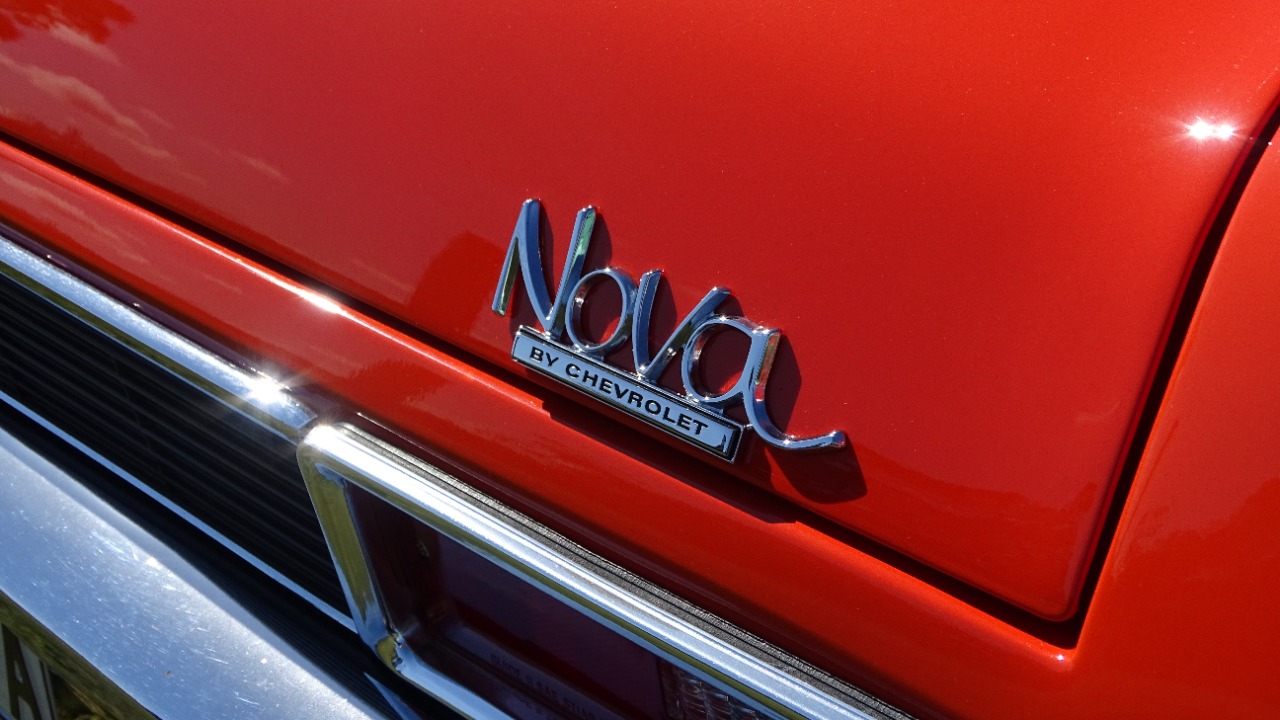Pricing performance models in the automotive industry is a complex process that balances engineering excellence with market demand. Automakers must consider a variety of factors, from production costs to brand perception, to effectively price their high-performance vehicles. I will delve into the strategies and considerations that go into determining the price of performance models.
Understanding the Cost Factors
Research and development represent a significant portion of the cost in producing performance models. Automakers invest heavily in technology and innovation to enhance vehicle performance. For example, the development of the Porsche 911 GT3 involves extensive testing in aerodynamics and engine tuning to deliver exceptional speed and handling. Such investments ensure that performance models not only meet but exceed customer expectations in terms of driving experience.
Manufacturing and materials also play a critical role in the pricing of performance vehicles. High-performance cars like the BMW M series often utilize lightweight materials such as carbon fiber and aluminum to reduce weight and improve performance. Advanced manufacturing techniques, including precision engineering and custom assembly processes, further increase production costs. These factors contribute to the premium pricing of performance models as they offer superior quality and performance.
Regulatory compliance is another crucial consideration for automakers. Meeting stringent safety and environmental regulations can significantly impact the cost of performance models. For instance, ensuring that a high-performance car meets emissions standards requires additional engineering efforts and technology, such as advanced catalytic converters and exhaust systems. These compliance costs are inevitably reflected in the final price of the vehicle.
Market Positioning Strategies
The brand identity and heritage of an automaker are vital in determining the pricing of performance models. Brands like Ferrari and Lamborghini leverage their rich history and iconic image to command premium prices for their vehicles. Customers are willing to pay a higher price not just for the car’s performance, but for the prestige and status associated with owning a vehicle from such illustrious brands. This brand-driven pricing strategy is a testament to the power of perception in the automotive market.
Understanding target demographics is essential for automakers when pricing performance models. These vehicles often appeal to affluent individuals who prioritize luxury, exclusivity, and high performance. For example, the Tesla Model S Plaid targets tech-savvy consumers interested in cutting-edge electric performance. Automakers tailor their pricing strategies to attract these specific consumer segments, ensuring that the price aligns with the perceived value and expectations of their target audience.
Competitor analysis plays a crucial role in shaping pricing strategies. Automakers closely monitor the pricing of rival performance models to remain competitive. For instance, when the Ford Mustang Shelby GT500 is priced competitively against the Chevrolet Camaro ZL1, it influences Ford’s pricing decisions to ensure they capture their share of the market. This continuous monitoring helps brands adjust their strategies to maintain a competitive edge while maximizing profitability.
Value Proposition and Features
Performance metrics are often the cornerstone of a performance model’s value proposition. Vehicles like the Dodge Charger Hellcat boast impressive horsepower and top speeds, justifying their premium price tags. These metrics not only enhance the driving experience but also contribute to the vehicle’s overall appeal and desirability among enthusiasts. By delivering exceptional performance, automakers can command higher prices and foster brand loyalty.
Technology and innovations are key drivers of value in performance models. Features such as advanced driver assistance systems, adaptive suspension, and state-of-the-art infotainment systems enhance the driving experience and add to the vehicle’s perceived value. The Audi RS6 Avant, for example, integrates cutting-edge technology to offer both performance and luxury, allowing Audi to position it as a high-end offering in its segment.

Customization options provide an additional avenue for automakers to enhance the value of their performance models. By offering bespoke features and packages, brands can cater to individual preferences and create unique vehicles tailored to each customer. The Aston Martin Q program exemplifies this approach, allowing customers to personalize their vehicles with exclusive materials and finishes. These bespoke options not only increase the vehicle’s exclusivity but also justify higher pricing.
Economic and Market Trends
Global economic influences significantly impact the pricing strategies of performance models. Currency fluctuations and economic conditions can affect production costs and consumer purchasing power. For instance, during an economic downturn, automakers may adjust pricing or offer incentives to stimulate demand for high-performance vehicles. Conversely, in a booming economy, brands may maintain or increase prices to capitalize on consumers’ willingness to spend.
Consumer preferences are continually evolving, and automakers must stay attuned to these trends to remain competitive. Recent shifts towards electric and hybrid performance vehicles reflect growing consumer interest in sustainability and efficiency. The introduction of models like the Porsche Taycan demonstrates how automakers are adapting to these preferences by offering high-performance electric options. These trends influence not only the types of vehicles produced but also their pricing strategies as consumers seek eco-friendly yet exhilarating driving experiences.
Sustainability and efficiency are becoming increasingly important in the performance vehicle market. Automakers are investing in technologies that enhance fuel efficiency and reduce emissions without compromising performance. The BMW i8, for instance, combines hybrid technology with sports car dynamics, appealing to environmentally conscious consumers. As the demand for sustainable performance models grows, pricing strategies will continue to evolve to reflect the added value of eco-friendly features.
Challenges and Future Outlook
Balancing cost and profitability presents a significant challenge for automakers when pricing performance models. While the goal is to maximize profit, prices must remain competitive to attract buyers. This delicate balance requires careful consideration of production costs, market demand, and consumer expectations. Automakers must strategically price their performance models to achieve financial success without alienating potential customers.
Emerging technologies are poised to reshape pricing strategies in the performance vehicle market. The rise of electric and autonomous vehicles presents new opportunities and challenges for automakers. Brands like Tesla have already demonstrated how electric performance models can command premium prices. As technology continues to advance, automakers will need to adapt their pricing strategies to accommodate new features and capabilities, ensuring they remain competitive in a rapidly evolving market.
Market saturation poses a risk to the pricing of performance models. As more brands enter the performance segment, the competition intensifies, potentially leading to price wars and decreased profitability. Automakers must carefully manage their product offerings to avoid flooding the market and diluting brand value. By maintaining exclusivity and innovating continuously, they can mitigate the risks of market saturation and sustain their pricing power.
Like Fast Lane Only’s content? Be sure to follow us.
Here’s more from us:
*Created with AI assistance and editor review.







Leave a Reply